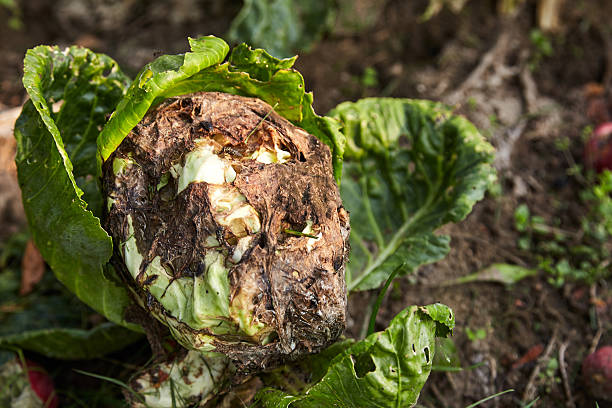Trump vs. Newsom: The 2028 Showdown Begins in the Shadows
The 2028 presidential race may still be years away, but in American politics, the future has a habit of arriving early—and loud. As of mid-2025, the stage is already being set for a showdown that is equal parts symbolic and seismic: Trump vs. Newsom. Only, in a twist worthy of modern political theater, Donald Trump may not even be eligible to run.
And yet, his shadow looms large. So large, in fact, that it seems to have summoned his opposite number into the ring before any formal declarations have been made. Gavin Newsom, the high-profile, camera-comfortable governor of California, appears poised to inherit a strange role: the protagonist in a race that Trump himself may legally be excluded from—but still dominates in spirit.
A Vacuum of Opposition
What’s striking is not just the early start to the political maneuvering but the strange nature of it. Trump has always thrived on opposition—he is at his strongest when fighting someone, or something. But in a Democratic Party that’s still recalibrating itself post-Biden, there hasn’t been a clear foil. That vacuum may have tempted Trump to all but conjure his next opponent into being.
By stepping into policy battles—on immigration, on crime, on state rights—Newsom hasn’t just defended California’s values; he’s stepped into a national spotlight where contrast is the currency. With sharp words, televised debates, and state-level policies that defy Trumpian logic, Newsom has become the natural, if unofficial, rival. If this were a comic book, the villain has chosen his hero.
10th Amendment Politics: The States Strike Back
What’s unfolding isn’t just a clash of personalities. It’s a structural tension baked into the very DNA of American governance. The 10th Amendment—the one that reserves powers not delegated to the federal government for the states—has become the quiet battlefield for this emerging contest.
Law and order? That’s a state and local matter. But Trump and his ideological allies have increasingly leaned into federal overreach to impose their vision. Just like his past forays into trade policy and tariffs—also outside clear-cut federal authority—Trump's allies now find themselves in court, defending actions that blur constitutional lines. The irony is thick: a movement that claims to revere the Constitution seems endlessly eager to test its limits.
And it’s happening again. Legal scholars, state attorneys general, and constitutional watchdogs are preparing for a storm of litigation. These cases aren’t about policy in the abstract—they’re about who gets to wield power and how. The very mechanics of the union are on the table.
A Legal Grey Zone with Political Red Lines
What’s most telling is that the legal grey zone Trump often inhabits is now becoming a litmus test for political legitimacy. An administration or faction that frames itself as “law and order” may increasingly find that it is the law—and the courts—that check its ambitions.
These are not isolated skirmishes. They are the prelude to a broader ideological war: authoritarian impulse versus decentralized democracy. In that narrative, Newsom becomes more than a governor. He becomes a stand-in for a vision of America where local governance, civil liberties, and constitutional balance still matter.
The Real Contest Has Begun
So, is this the beginning of Trump vs. Newsom? In a sense, yes. Even if Trump’s name never appears on a ballot again, his ideas, followers, and legal entanglements will define the political arena. And in stepping into this storm, Newsom is doing more than positioning himself for a presidential run—he’s answering a summons from history.
Call it pre-election jockeying. Call it constitutional chess. But don’t mistake the quiet months of 2025 for peace. The next great battle for the American soul is already underway—and the protagonists are beginning to take the stage.
Whether it's fought in courtrooms, campaign stops, or state capitols, one thing is clear: Trump vs. Newsom is less about two men and more about two futures. And the first shots have already been fired.
🧵1/
— Paramendra Kumar Bhagat (@paramendra) June 10, 2025
The 2028 election may be years away, but make no mistake: the showdown has already begun. And in a twist of fate, it's shaping up to be Trump vs. Newsom—even if Trump isn’t legally eligible to run. Here’s what’s really happening beneath the surface. 👇




%20H16-57.jpg)